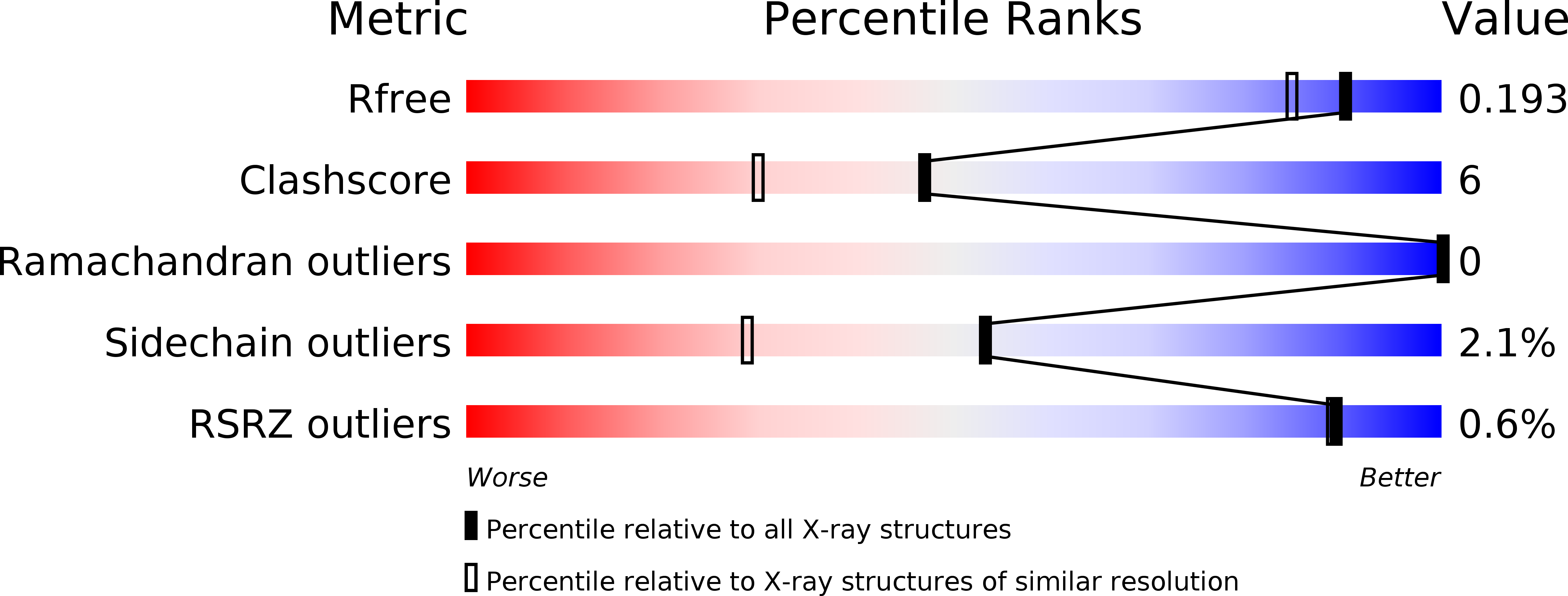
Deposition Date
2000-11-28
Release Date
2001-06-06
Last Version Date
2024-11-13
Entry Detail
PDB ID:
1GA0
Keywords:
Title:
STRUCTURE OF THE E. CLOACAE GC1 BETA-LACTAMASE WITH A CEPHALOSPORIN SULFONE INHIBITOR
Biological Source:
Source Organism:
Enterobacter cloacae (Taxon ID: 550)
Host Organism:
Method Details:
Experimental Method:
Resolution:
1.60 Å
R-Value Free:
0.20
R-Value Work:
0.18
R-Value Observed:
0.18
Space Group:
P 21 21 2


